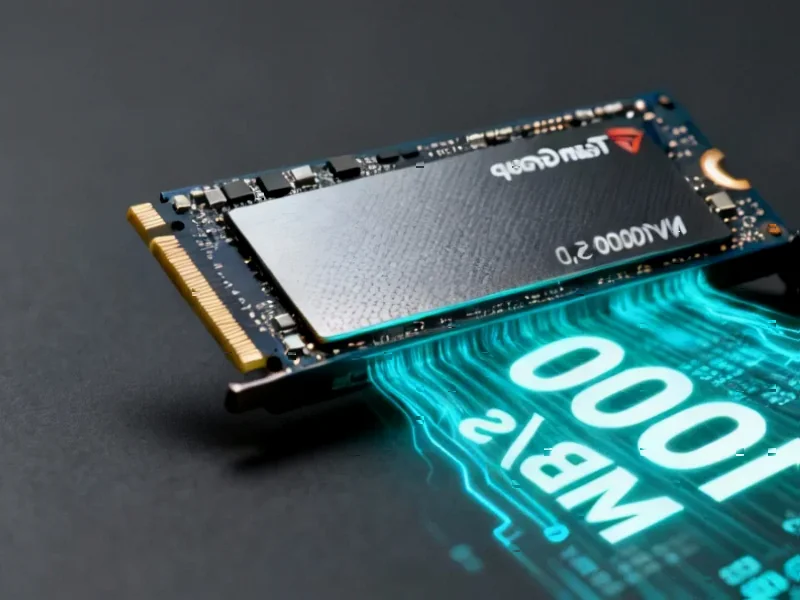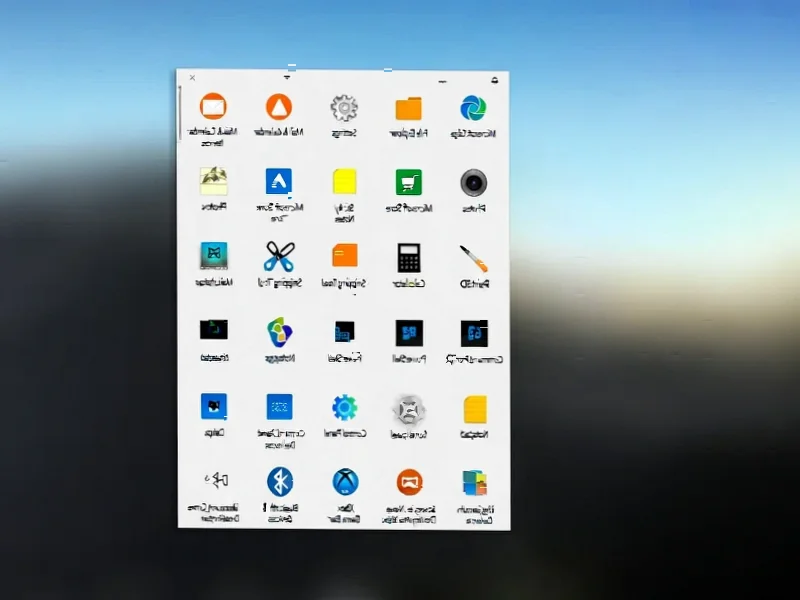According to New Scientist, researchers at Shanghai Jiao Tong University led by Xianfeng Chen have built one of the most complex quantum networks ever created, connecting 18 users through quantum entanglement. The team created two separate 10-node networks that were fully entangled internally, then sacrificed one node from each to fuse them into a single 18-node network where any pair can communicate securely. This breakthrough uses a process called entanglement swapping that links photons through precise Bell measurements, effectively creating a miniature quantum internet prototype. The researchers claim this approach offers “a crucial capability for quantum communication across different networks” and could enable building large-scale quantum internet infrastructure.
<h2 id="quantum-networking-reality”>The quantum networking reality check
Here’s the thing about quantum networking – it’s ridiculously hard compared to classical networks. Where connecting 18 regular computers would be child’s play with cheap components, quantum networking involves sharing individual photons between multiple users with timing so precise it demands cutting-edge technology. And honestly, the fragility of quantum states makes everything exponentially more complex.
Siddarth Joshi at University of Bristol points out this isn’t the first entanglement swapping demonstration, but the Chinese team created “a scheme where you can do the swapping between the networks in a bit more of a convenient way.” Basically, quantum research is split between two camps – those trying to send information over massive distances (even using satellites) and those working on networking lots of devices at short range. This falls squarely in the latter category.
The skepticism around practicality
But let’s be real – not everyone’s buying the hype. Robert Young at Lancaster University calls it “a phenomenal technical achievement” that required “skill and vast resources,” but he’s brutally honest about its limitations. “It’s just so far from practical, and it’s so far from anything that could be implemented in the real world,” he says. Ouch.
The fundamental problem? Quantum repeaters. Photons get lost in fiber optic cables over distance, and you can’t just boost the signal like regular internet because measuring quantum states destroys them. We desperately need quantum repeaters to make this work over anything beyond lab distances, and guess what? This demonstration doesn’t address that massive hurdle at all.
What this actually means for the future
So where does this leave us? The research, detailed in their published paper, represents important progress in quantum networking protocols. But it’s like building the world’s most sophisticated model train set – impressive technically, but not exactly ready to replace actual railways.
The real question is whether this approach scales. Can we go from 18 nodes to thousands? From lab conditions to real-world infrastructure? The cost and complexity Young mentions aren’t trivial concerns. Quantum internet promises unhackable communications and linking quantum computers, but we’re still figuring out the basic plumbing. This research gives us better pipes, but we’re still missing the pumps to push water through them over long distances.




